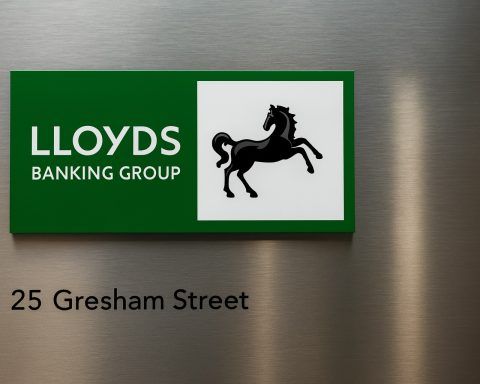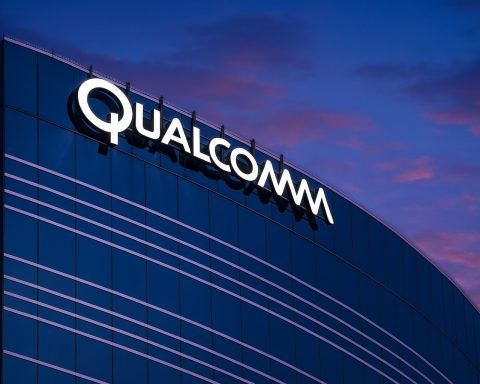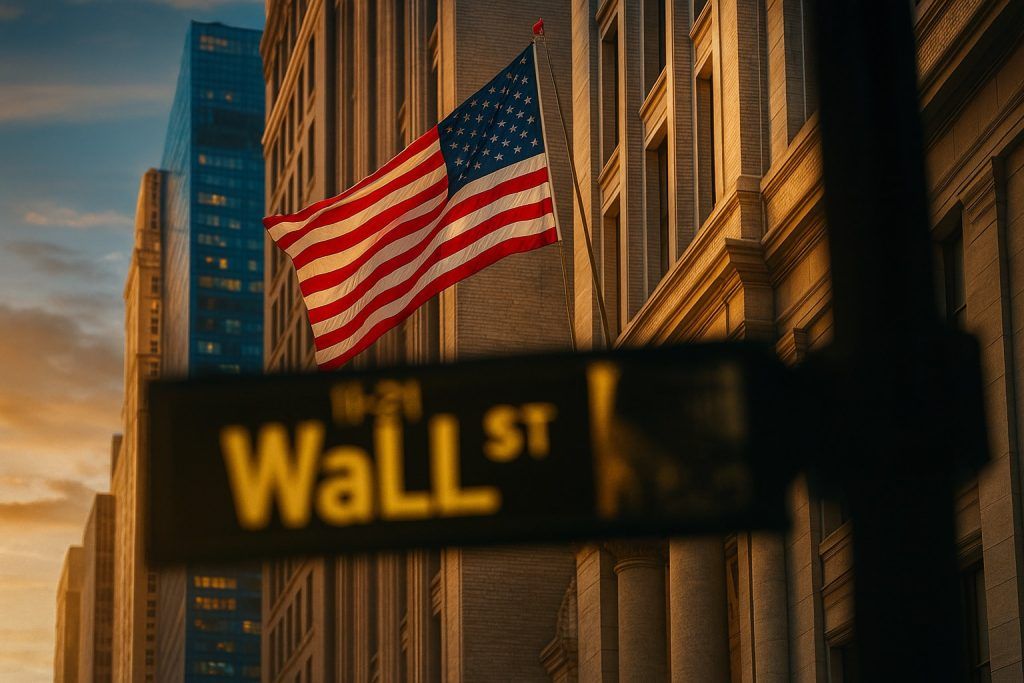Published November 17, 2025
Summary: Blue Owl Capital is moving to fold its private Blue Owl Capital Corporation II (OBDC II) into the listed Blue Owl Capital Corporation (NYSE: OBDC). Because OBDC stock trades below its reported net asset value (NAV), today’s pricing implies roughly a 20% value hit for OBDC II investors at closing—though the combined BDC would be larger, more liquid and, at today’s price, offers a double‑digit dividend yield. [1]
What’s new today (Nov. 17, 2025)
- Retail impact in focus. Fresh trade‑press coverage this morning emphasizes that individual investors could lose out as the private BDC is merged into the public vehicle trading at a discount. That echoes Financial Times reporting from Sunday flagging an estimated ~20% “haircut” if the deal closed at current prices. [2]
- Valuation backdrop: OBDC closed $11.89 on Nov. 17, while Q3 reported NAV per share was $14.89. That’s an ~20.1% discount—the mechanism that creates the implied loss for OBDC II holders swapping into public OBDC shares. (Calculation below.) [3]
- Investor conversation: Over the weekend, one widely read investor note highlighted the double‑digit income on offer at these prices, arguing the sell‑off has overshot fundamentals. [4]
The deal at a glance
- Structure & timeline: OBDC will acquire OBDC II in an all‑stock merger, with OBDC as the surviving, listed company. The transaction, unanimously approved by both boards’ special committees, is expected to close in Q1 2026, subject to OBDC II shareholder approval and other customary conditions. [5]
- Size & portfolio overlap: On a pro‑forma basis the combined BDC would hold ~$18.9B of investments across ~239 portfolio companies, with ~80% in senior secured loans and ~1.3% of assets on non‑accrual—metrics management says will be maintained post‑merger. Notably, ~98% of OBDC II’s positions already overlap with OBDC. [6]
- Synergies & capital actions: Management is targeting ~$5M of first‑year cost savings, sees potential for NII accretion over time, and authorized a $200M share repurchase on Nov. 4 to take advantage of the discount. [7]
- Liquidity for private holders: OBDC II states it does not anticipate additional tender offers before closing—reducing near‑term redemption liquidity as the vote approaches. [8]
- Credit view:Fitch placed OBDC II on Rating Watch Positive following the announcement, citing the anticipated benefits of the combination. [9]
Why a ~20% hit is possible: the math in plain English
Exchange formula. If OBDC’s market price ≤ its NAV, the merger exchange ratio is set NAV‑to‑NAV (OBDC II NAV per share divided by OBDC NAV per share). But OBDC II holders will receive listed OBDC shares that the market currently prices below OBDC’s NAV—so the market value of what they receive is scaled down by OBDC’s price/NAV. [10]
Today’s numbers (Nov. 17, 2025):
- OBDC price: $11.89
- OBDC NAV/share (Q3): $14.89
- Discount = (14.89 − 11.89) / 14.89 ≈ 20.15%
That is the mechanical “haircut” OBDC II investors would face if pricing is similar at closing. The math aligns with weekend reporting that framed a ~20% value hit risk for private‑fund investors. (Actual impact will depend on market price and NAVs at the final measurement date.) [11]
What investors gain—and give up
- Give up: OBDC II investors lose quarterly tender‑offer liquidity at NAV before closing, and—if the discount persists—take an economic step‑down at conversion. [12]
- Gain: They move into daily‑traded stock with larger scale, broader sell‑side coverage, and a higher on‑price yield than OBDC II historically paid (OBDC’s regular dividend is $0.37/quarter). At today’s $11.89 close, that annualizes to $1.48, or ~12.45% on price. (OBDC’s own materials quote ~9.9% on NAV, not on market price.) [13]
- Why yields differ: Management has noted OBDC II could not use as much leverage as OBDC, leading to a lower run‑rate distribution—a constraint the public BDC does not share to the same degree. [14]
Market temperature
- OBDC’s sell‑off: The stock has slid into a deep discount in 2025 amid broader skepticism toward private credit and BDCs, even as portfolio metrics (non‑accruals, senior‑secured mix) remain healthy. That gap between market price and reported NAV is at the core of today’s controversy. [15]
- Contrarian interest: Some income‑oriented analysts see the discount + 12%+ yield as compelling, arguing credit quality remains solid. Others warn the discount exists for a reason until investors gain more confidence in valuations and cycle risk. [16]
Key deal details you should know
- Closing target:Q1 2026 (subject to approvals and conditions; N‑14 effectiveness, HSR clearance, and customary reps/covenants). [17]
- Exchange mechanics:
- If OBDC Price / OBDC NAV ≤ 100%, exchange uses NAV‑to‑NAV.
- If OBDC Price / OBDC NAV > 100%, exchange uses OBDC II NAV / OBDC Price. [18]
- Portfolio overlap:~98% of OBDC II’s positions already in OBDC—integration risk is low. [19]
- Scale & mix: Pro‑forma ~$18.9B AUM in the BDC, ~80% senior secured, ~1.3% non‑accrual. [20]
- Buyback:$200M authorization dated Nov. 4 to help address the discount. [21]
What to watch next
- Record date & vote schedule for OBDC II shareholders (to be set in the merger proxy/N‑14). [22]
- Discount path into closing. If OBDC’s market discount narrows, the implied haircut shrinks; if it widens, the opposite. (Today’s discount is ~20%.) [23]
- Buyback execution against the discount and any dividend updates. [24]
- Credit updates: non‑accrual trends, realized losses, and any rating actions (Fitch’s RWP on OBDC II is one early signal). [25]
Frequently asked questions
What exactly is merging?
Blue Owl’s listed BDC (OBDC) will acquire its private, non‑traded BDC (OBDC II) in an all‑stock deal. OBDC II investors will receive new OBDC shares based on a formula tied to NAVs and, if applicable, OBDC’s market price. [26]
Why are some investors upset?
Because OBDC trades below NAV, a NAV‑to‑NAV exchange results in OBDC II shareholders receiving public shares that the market values at less than NAV—embedding the discount into what they receive. That’s the ~20% hit discussed in recent coverage. [27]
Is the deal final?
Not yet. It needs OBDC II shareholder approval and other regulatory clearances. The target closing window is Q1 2026. [28]
What happens to OBDC II tender offers?
OBDC II says it does not anticipate additional tender offers prior to the merger, curtailing redemptions at NAV during the interim. [29]
What is the dividend/yield today?
OBDC’s regular dividend is $0.37 per quarter. At the Nov. 17 close of $11.89, the on‑price yield is ~12.45% (company cites ~9.9% on NAV). Yield will vary with price. [30]
Bottom line
On Nov. 17, 2025, the OBDC–OBDC II merger remains on track for Q1 2026, with a clear trade‑off: immediate dilution for private holders if OBDC’s discount persists, versus greater scale, liquidity and income once inside the public BDC. Today’s ~20% discount to NAV is the swing factor that will determine how painful—or opportunistic—this consolidation looks at closing. [31]
Sources
- Blue Owl press releases and investor materials detailing the merger terms, exchange ratio, portfolio metrics, buyback and timeline. [32]
- Financial Times coverage highlighting potential ~20% losses for OBDC II investors if the deal closes at current prices. [33]
- OBDC historical price data (Nov. 17, 2025 close) used to calculate today’s discount and on‑price yield. [34]
- Fitch Ratings action placing OBDC II on Rating Watch Positive post‑announcement. [35]
- Investor commentary on valuation and yield backdrop for OBDC at current prices. [36]
This article is for informational purposes only and does not constitute investment advice.
References
1. www.blueowlcapitalcorporation.com, 2. citywire.com, 3. www.blueowlcapitalcorporation.com, 4. seekingalpha.com, 5. www.blueowlcapitalcorporation.com, 6. www.blueowlcapitalcorporation.com, 7. www.blueowlcapitalcorporation.com, 8. www.blueowl.com, 9. www.fitchratings.com, 10. www.blueowlcapitalcorporation.com, 11. www.blueowlcapitalcorporation.com, 12. www.blueowl.com, 13. www.blueowlcapitalcorporation.com, 14. www.ft.com, 15. www.barrons.com, 16. seekingalpha.com, 17. www.stocktitan.net, 18. www.blueowlcapitalcorporation.com, 19. www.blueowlcapitalcorporation.com, 20. www.blueowlcapitalcorporation.com, 21. www.blueowlcapitalcorporation.com, 22. www.stocktitan.net, 23. www.blueowlcapitalcorporation.com, 24. www.blueowlcapitalcorporation.com, 25. www.fitchratings.com, 26. www.blueowlcapitalcorporation.com, 27. www.blueowlcapitalcorporation.com, 28. www.blueowlcapitalcorporation.com, 29. www.blueowl.com, 30. www.blueowlcapitalcorporation.com, 31. www.blueowlcapitalcorporation.com, 32. www.blueowlcapitalcorporation.com, 33. www.ft.com, 34. www.blueowlcapitalcorporation.com, 35. www.fitchratings.com, 36. seekingalpha.com



![Plug Power (PLUG) Today: Q3 Results Set the Stage for a $275M Liquidity Pivot, Data‑Center Push, and Fresh Analyst Calls [Nov 11, 2025] Plug Power (PLUG) Today: Q3 Results Set the Stage for a $275M Liquidity Pivot, Data‑Center Push, and Fresh Analyst Calls [Nov 11, 2025]](https://ts2.tech/wp-content/uploads/2025/11/Plug-Power-Inc.-PLUG-1-480x384.jpg)






